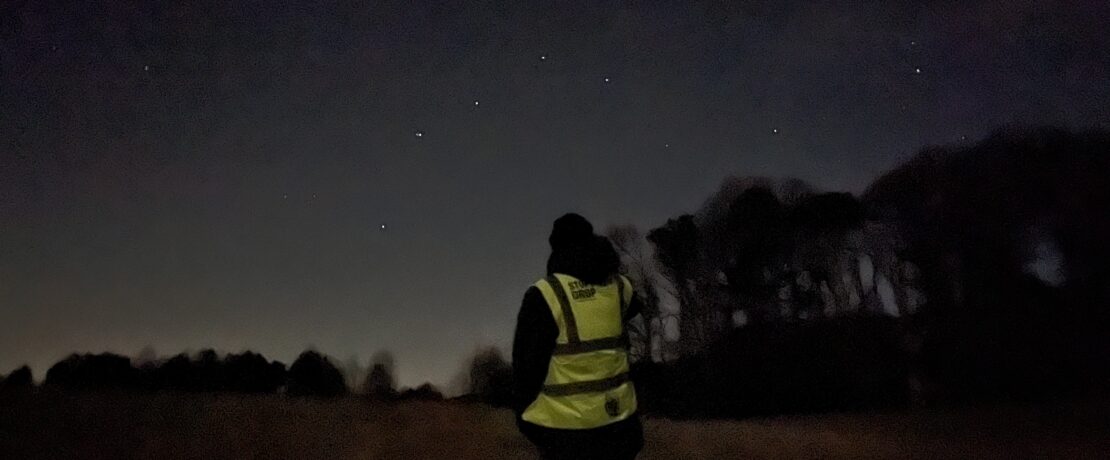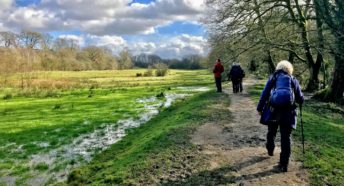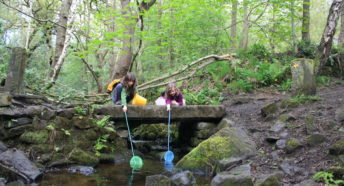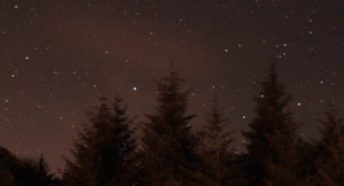November Stargazing
At CPRE, nothing brings us as much awe as a beautiful dark sky in our lovely countryside and you too can learn how to partake and enjoy this lovely activity with this simple guide.
As the temperature drops and seasons change, so does the activity we see in the star ocean above. Autumn and especially winter are fantastic seasons to stargaze as the sky is clearer and days are shorter. But to many that are new to stargazing, you might be wondering what exactly should you be looking for?
Celestial November
November has a few events you don’t want to miss. The planets Jupiter and Uranus will be at their clearest as they orbits to their closest point from Earth, and Venus, Saturn and Neptune will also be visible (The latter will require binoculars or a telescope) . The Leonid meteor shower promises to be quite the spectacle. November is also the best month to view the Pleiades star cluster which is also known as the Seven Sisters or M45.
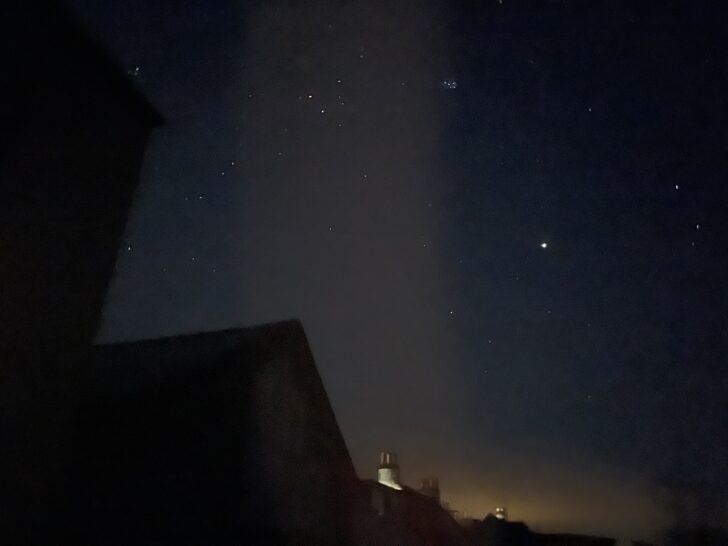
Needless to say, there’s a lot for stargazers to look forward to next month, for more information on these events, including the dates, can be found here Night sky highlights – November 2023 | Royal Museums Greenwich (rmg.co.uk)
Understanding the basic layout of the night sky can significantly enhance your stargazing experience. Learning about prominent constellations like Orion, Ursa Major, and Cassiopeia can serve as helpful reference points when navigating the vast expanse above. There are several user-friendly apps available that can assist you in identifying these constellations and tracking celestial events in real time, making it easier for beginners to delve into the fascinating world of astronomy.
In addition to observing celestial events and constellations, you can also catch a glimpse of the International Space Station (ISS) as it orbits the Earth. By using tools such as the NASA Spot the Station tracking map Live Space Station Tracking Map | Spot The Station | NASA, you can stay updated on the ISS’s trajectory and find out when it will be passing over your location. Keep an eye out for this awe-inspiring man-made marvel as it glides across the night sky.
Find a spot
Now that you know what to look for, you need to know where to go.
The first thing you’ll need is to find a spot with lower levels of light pollution so you can really enjoy the show, you can look at our interactive map here England’s Light Pollution and Dark Skies (cpre.org.uk) to see the closest places to you with dark skies. Though you don’t necessarily need true dark skies to be able to partake in stargazing, it will make it substantially easier to spot celestial bodies.
Prepare the Essentials
Once you’ve found the perfect spot, it’s time to prepare the essentials. A comfortable blanket or reclining chair can make the experience much more enjoyable, especially during those chilly autumn and winter nights. Don’t forget to dress warmly and bring along a thermos of hot chocolate or coffee to keep yourself cozy while you marvel at the wonders above. Additionally, a telescope or a pair of binoculars can enhance your stargazing experience, allowing you to observe celestial bodies and constellations with greater detail.
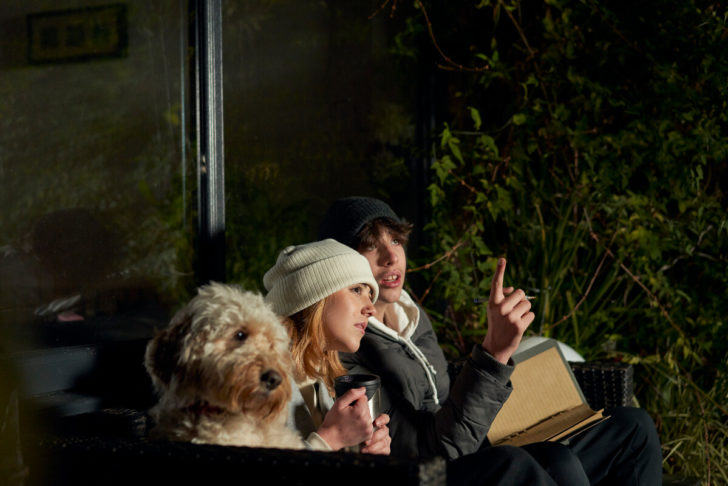
Stargazing offers an opportunity to appreciate the beauty of the night sky, providing a chance to observe celestial events and formations. By finding a suitable location with minimal light pollution and familiarise oneself with basic astronomical knowledge, one can enjoy a fulfilling stargazing experience. Utilising resources such as interactive maps, astronomical apps, and local stargazing groups can further enhance this experience. If you love stargazing, support our work calling for dark skies by becoming a CPRE member for as little as £5 a month
